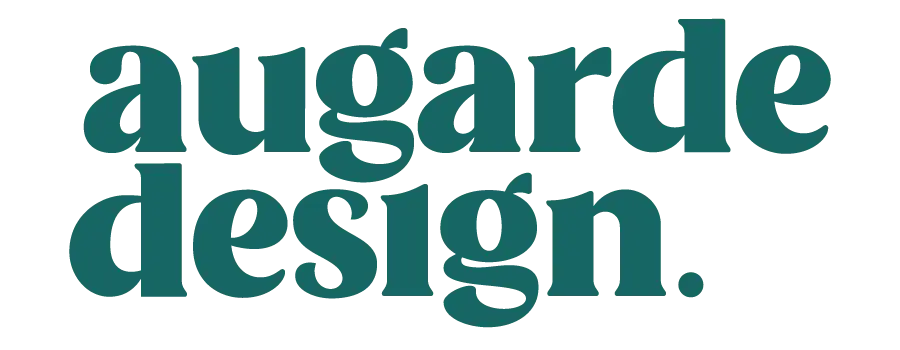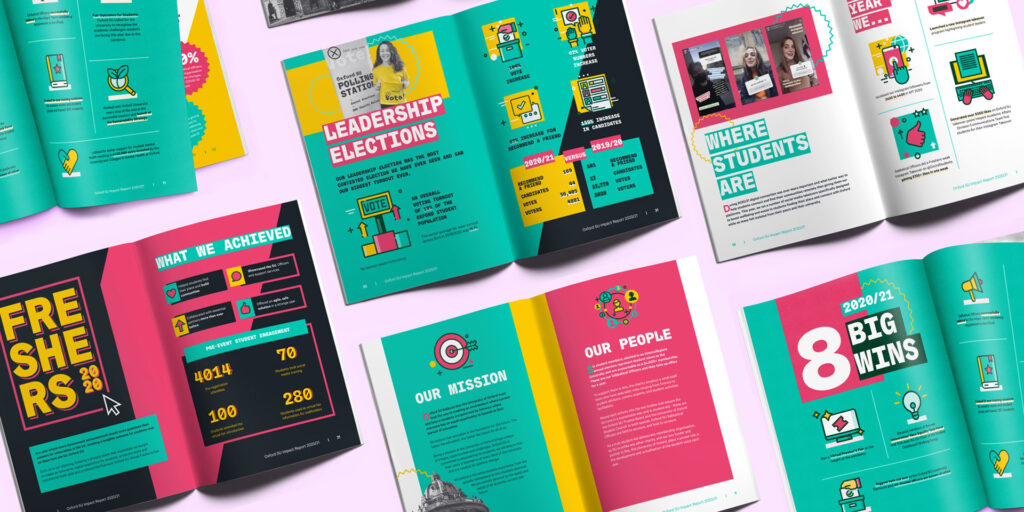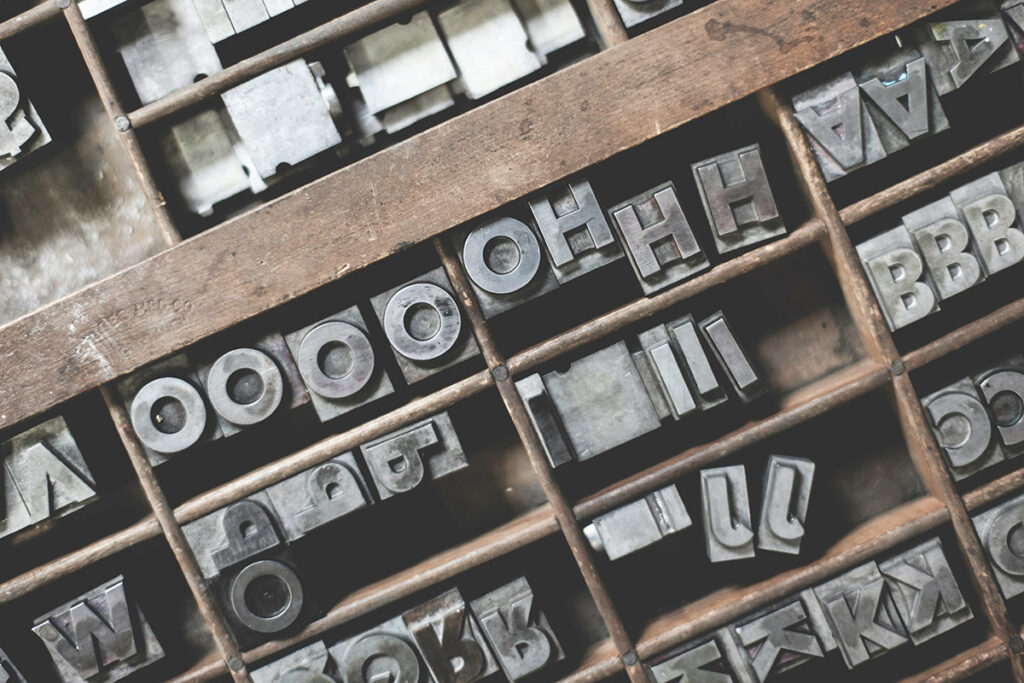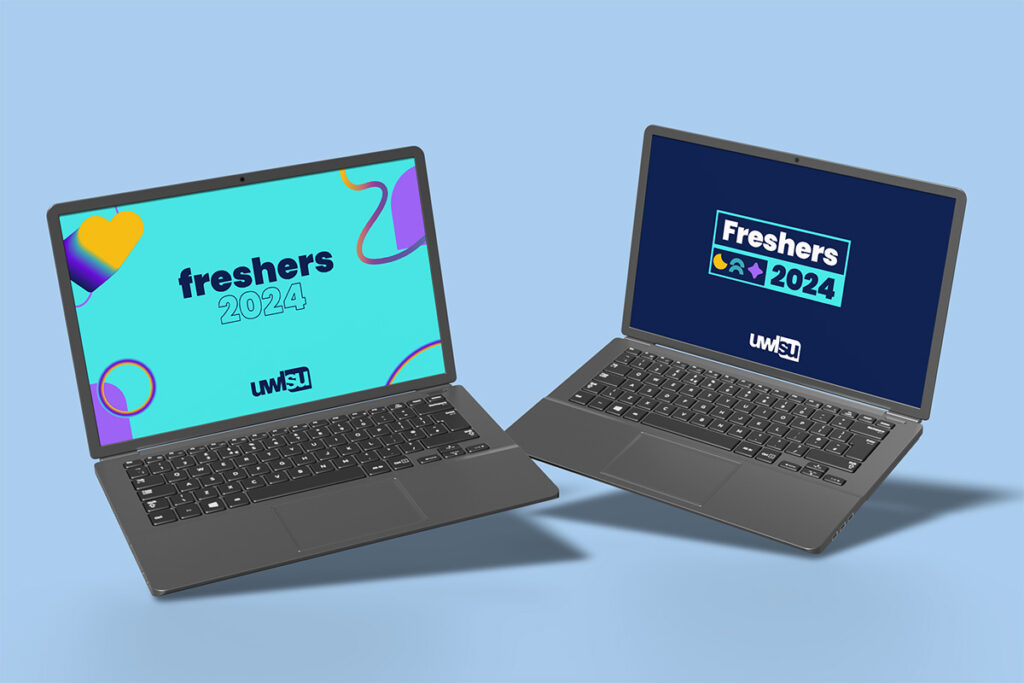How to Brief a Freelance Graphic Designer: A Simple Step-by-Step Guide
Not sure how to brief a freelance graphic designer? You’re not alone. Whether you’re planning a campaign, event, or a full rebrand, knowing what to include in a design brief can feel overwhelming.
How much detail should you provide? What will help the designer deliver the best results? Getting it right from the start can make all the difference.
A strong, well-thought-out brief is the secret to a smooth and successful collaboration. It helps us graphic designers understand your goals, vision, and expectations right from the start, saving time and making sure you get the results you’re looking for.
So here for you, is a step-by-step guide to making a design brief that works.
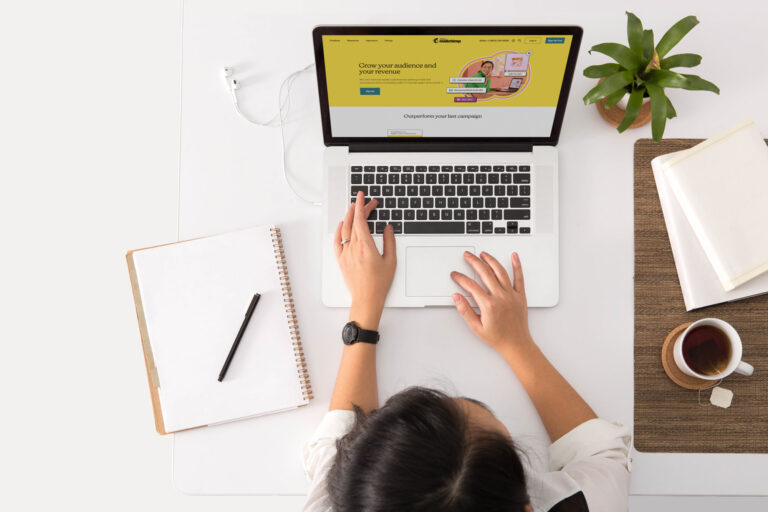
1. Start with the Basics
Begin by providing the key details upfront. This helps your designer get a clear understanding of the project from the outset. Include:
- Project type: Specify what you’re commissioning (e.g. brand update, flyer designs, or impact report ), and whether the final designs will be used for print or web (or both)
- Deadline: Be realistic but clear about when you need the project completed.
- Budget: Be transparent about your price range to avoid any surprises later.
Clear basics ensure everyone is on the same page from the start.
2. Explain the Purpose
Why are you commissioning this design? Clearly explain the goal of the project, such as:
- Promoting an event or sale.
- Enhancing brand recognition.
- Redesigning outdated materials.
- Reaching a new audience
When a designer understands the “why,” they can make informed creative decisions to align with your objectives.
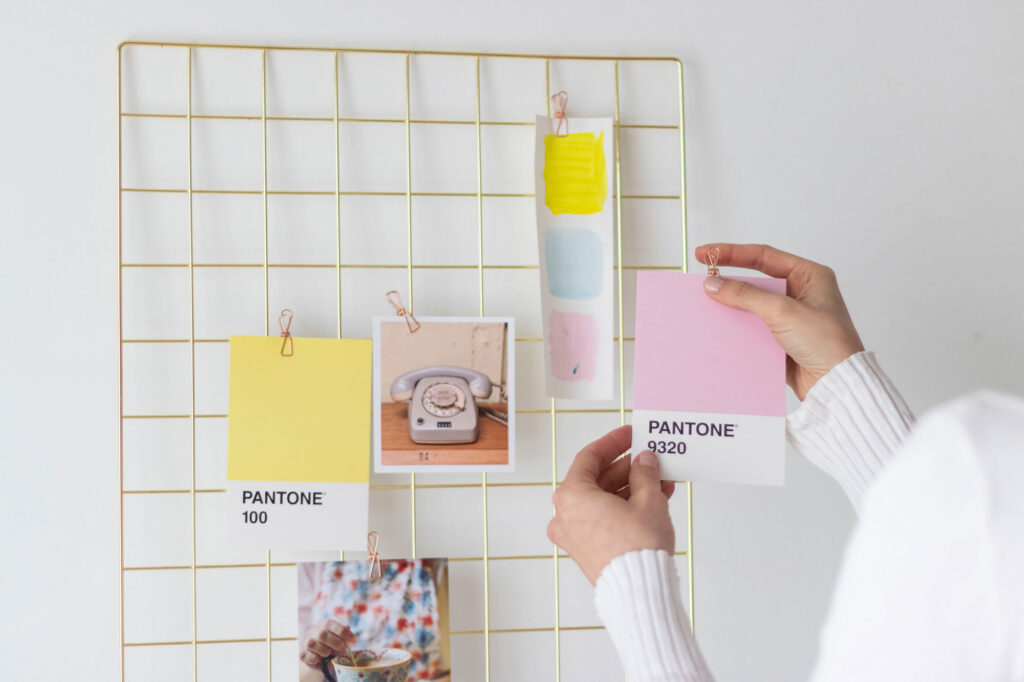
3. Understand Your Audience
Tell your designer who the project is for. Sharing details about your target audience helps the design resonate with the right people. Include:
- Demographics: Age, gender, location, and profession.
- Interests: Hobbies, values, or anything relevant to their preferences.
- Style preferences: Modern, minimalist, traditional, or bold—what will appeal to them most?
A design that connects with its audience is far more impactful.
4. Share Visual References
Sometimes it’s easier to show than tell. Share examples of designs you like (or dislike) and explain what stands out to you. This gives the designer a clearer idea of your taste.
These could include:
- Similar projects by other brands.
- Colour palettes or typography you love.
- Designs that capture the mood or tone you’re aiming for.
A Pinterest board is a great way to do gather these references into one place.
5. Provide Key Content
Send any essential materials they’ll need, like:
- Text: Include any headlines, body copy, or taglines.
- Images: Share photos or illustrations you want included.
- Brand guidelines: Provide any relevant brand assets like logos, fonts, or colour schemes.
Finalise as much content as possible before the project begins to avoid delays caused by revisions.
6. Keep it Focused
While it’s tempting to include every possible detail, too much information can overwhelm your designer. Focus on what’s relevant to the project. For example:
- Avoid lengthy company histories unless they directly impact the design.
- Skip unrelated anecdotes or ideas that might shift focus from the primary goal.
Concise, relevant briefs lead to better results.

7. Be Open to Questions
A good designer will likely ask clarifying questions before starting. Be ready to:
- Provide additional context.
- Explain or expand on your brief if needed.
- Offer feedback promptly during the process.
This collaborative approach ensures you and your designer are aligned every step of the way.
Final Thoughts
Creating a strong design brief doesn’t have to be complicated—it just needs to be clear, concise, and well-structured. A great brief gives your designer the confidence to deliver work that truly reflects your vision and goals.
Looking for professional graphic design support?
At Augarde Design, we specialise in bringing creative ideas to life with precision and style. Based in Bristol, we work with charities, not-for-profits, and businesses to deliver impactful designs.
Get in touch today and let’s create something amazing together!
